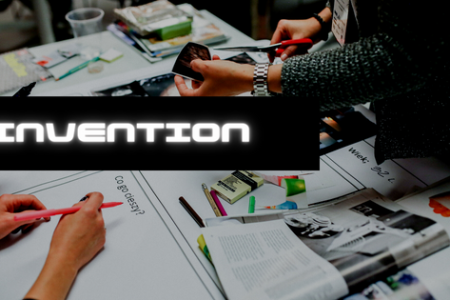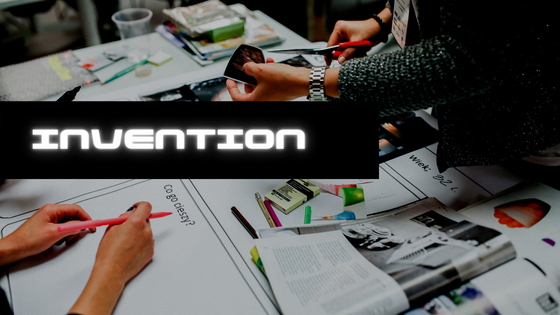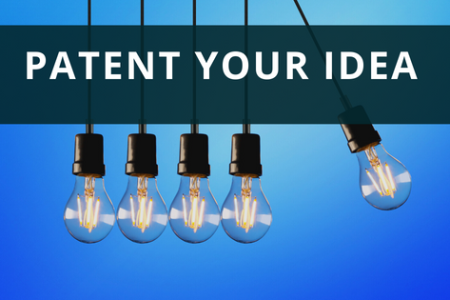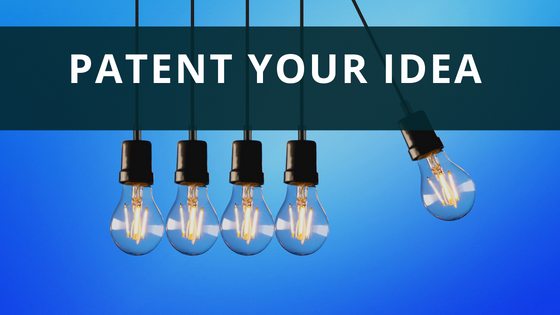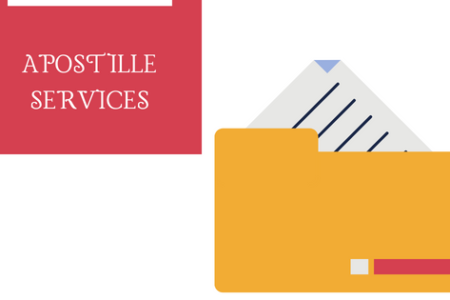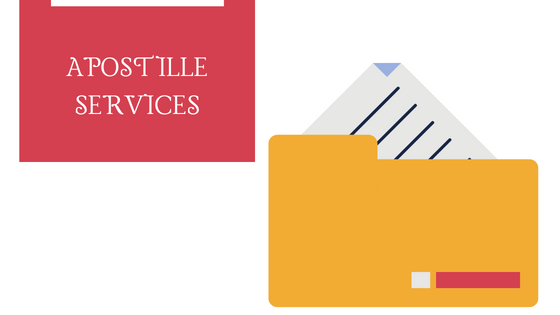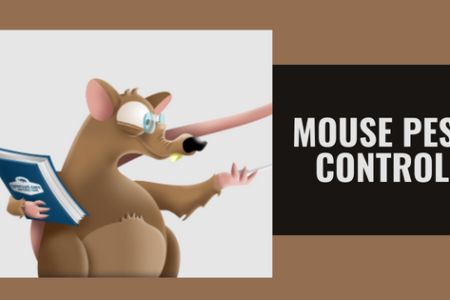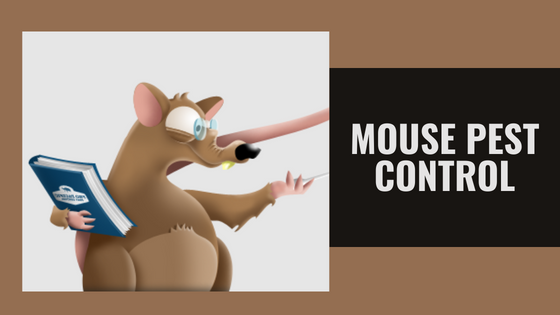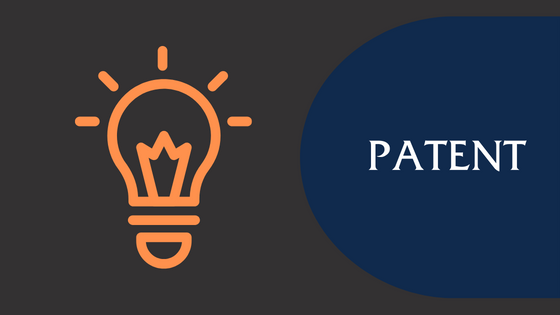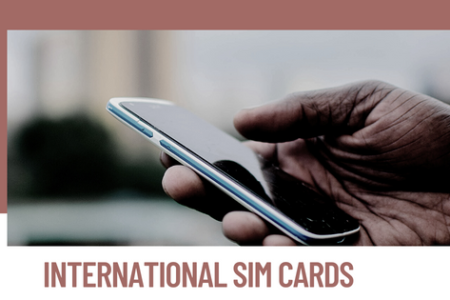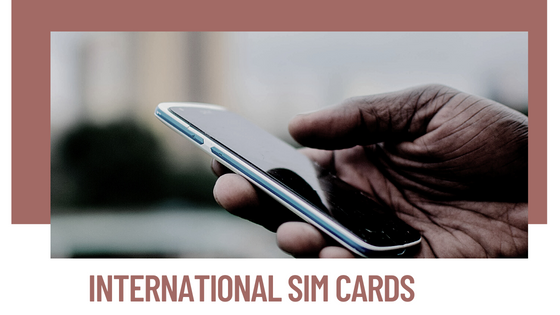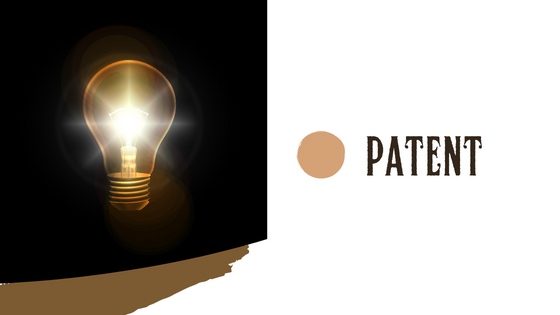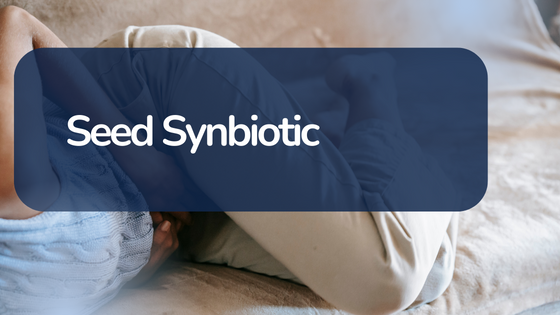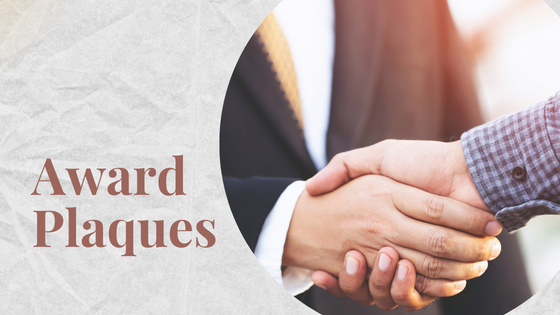Inventors often wonder how to patent their ideas. While there are many steps involved in the process, it’s not as complicated as most people think. The first step is to determine whether your idea is patentable. If it is, then you can decide whether you want to pursue a provisional or non-provisional utility patent.
You can do it yourself or you can hire a professional patent agency such as InventHelp to do it for you. Once you have decided on a patent type, the patent application process begins with a provisional application. This is followed by a non-provisional application, which includes several different steps.
A provisional utility patent application (PPA) gives you one year from the date of filing to file a non-provisional utility patent application (NPA). A PPA doesn’t require much in terms of disclosure or claims, so it’s rather inexpensive, but it does require an oath or declaration.

A non-provisional utility patent application (NPA) requires more disclosure and claim language than a PPA, and therefore costs more money. It also requires prior art searches and professional assistance from an attorney or agent who knows how to draft claims and write descriptions of invention.
The cost of a provisional patent application is relatively low, but the amount of work required to complete one is significant. The PPA requires an inventor to provide detailed descriptions of their invention and how it works, as well as drawings or photographs illustrating its various features. In addition, inventors must provide specific claim language for each embodiment disclosed within the specification of their PPA.
This is one of the most important steps in the patent process, because it defines exactly what your invention does and how it works. Claims also help you determine whether an idea is novel, which can be important for filing a patent application. In order to properly draft claims for a provisional patent application, an inventor must have a thorough understanding of the invention itself and how it works.
It is advisable to hire a patent agency such as Invent Help to help you with this process, as they have the technical expertise and knowledge to draft a patent application that is unique and original. If you’re looking for an agency that can help you get started with your invention, InventHelp may be a good place to start.

